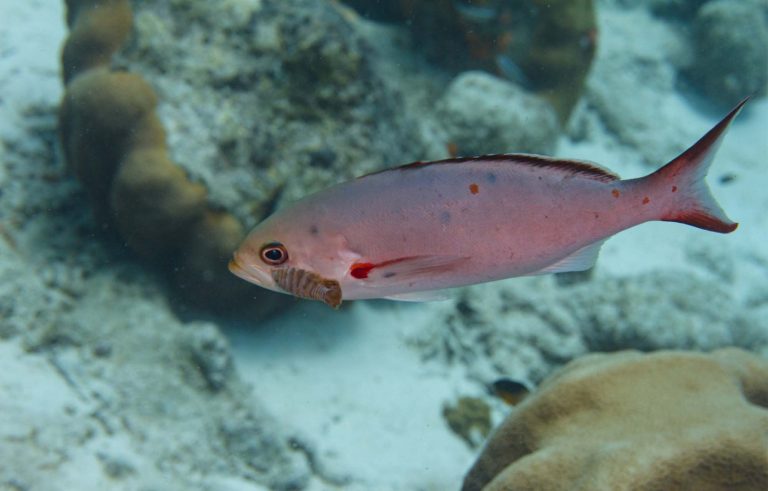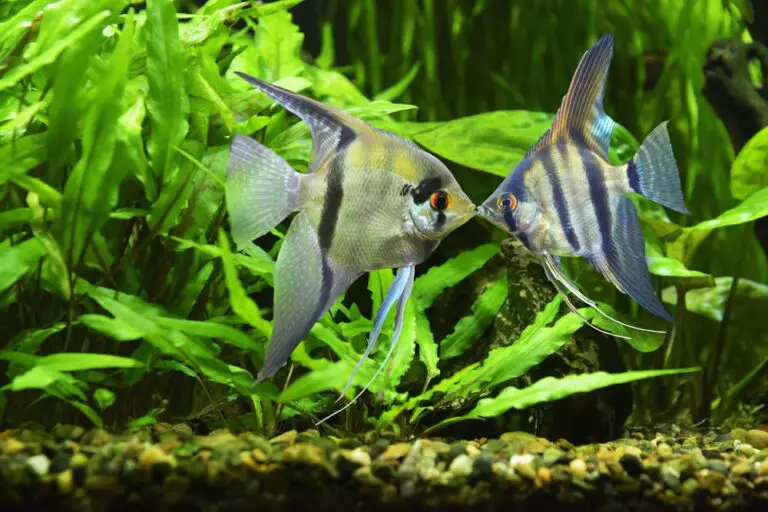Aquaculture Filter Cartridge: Optimizing Water Quality for Your Tank
Aquaculture, also known as fish farming, is the practice of cultivating aquatic organisms in controlled environments. It is a rapidly growing industry that provides a sustainable solution to meet the increasing global demand for seafood.
However, maintaining optimal water quality is crucial for the health and productivity of aquaculture systems. This is where aquaculture filter cartridges play a vital role.
I will explore the importance of aquaculture filter cartridges, their benefits, and how they contribute to sustainable aquaculture practices.
Aquaculture filter cartridges are essential components of filtration systems used in aquaculture operations. These cartridges are designed to remove impurities, such as suspended solids, organic matter, and harmful chemicals, from the water.
By effectively filtering the water, these cartridges help to maintain the desired water quality parameters necessary for the well-being of aquatic species.

The Role of Aquaculture Filter Cartridges
Aquaculture filter cartridges serve multiple purposes in aquaculture systems. Let’s explore some of their key roles:
Mechanical Filtration: Aquaculture filter cartridges act as mechanical filters, trapping and removing particles and debris from the water column.
These particles can include uneaten feed, feces, algae, and other organic matter. By removing these impurities, the cartridges help prevent clogging of other filtration components and promote water clarity.
Biological Filtration: Some aquaculture filter cartridges are designed to provide a habitat for beneficial bacteria.
These bacteria help break down toxic substances, such as ammonia and nitrite, into less harmful forms.
This biological filtration process plays a crucial role in maintaining water quality and preventing the build-up of harmful substances.
Chemical Filtration: Certain types of aquaculture filter cartridges are designed to remove specific chemicals or contaminants from the water.
They may contain activated carbon or other adsorbent materials that can effectively remove pollutants, medications, and excess nutrients from the water.
Water Oxygenation: Some aquaculture filter cartridges are designed to enhance water oxygenation by creating turbulence or increasing surface area.
This helps to ensure an adequate oxygen supply for the aquatic organisms, promoting their health and growth.
Benefits of Using Aquaculture Filter Cartridges
The use of aquaculture filter cartridges offers several benefits for aquaculture operations:
Water Quality Optimization: Aquaculture filter cartridges play a crucial role in maintaining optimal water quality parameters, such as temperature, pH, dissolved oxygen, and ammonia levels.
By removing impurities and maintaining stable water conditions, these cartridges contribute to the overall health and well-being of the aquatic organisms.
Disease Prevention: Proper filtration and water quality management are essential for disease prevention in aquaculture systems.
Aquaculture filter cartridges help remove pathogens, parasites, and other disease-causing organisms from the water, reducing the risk of disease outbreaks and improving the overall biosecurity of the operation.
Improved Growth and Survival Rates: Optimal water quality is directly linked to the growth and survival rates of aquatic organisms.
By maintaining clean and oxygen-rich water, aquaculture filter cartridges create an ideal environment for the growth and development of the cultured species, leading to improved productivity and profitability.
Reduced Water Exchange: Effective filtration systems, including aquaculture filter cartridges, can reduce the frequency of water exchanges in aquaculture systems.
This not only conserves water but also minimizes the discharge of nutrient-rich effluents into the environment, promoting sustainable aquaculture practices.

Frequently Asked Questions (FAQs)
How often should aquaculture filter cartridges be replaced?
Aquaculture filter cartridges should be replaced periodically to ensure optimal performance.
The frequency of replacement depends on various factors, such as the cartridge type, the water quality, and the stocking density of the aquaculture system.
As a general guideline, it is recommended to replace the cartridges every 3 to 6 months or as indicated by the manufacturer.
Can aquaculture filter cartridges be cleaned?
Some aquaculture filter cartridges can be cleaned to extend their lifespan. However, it is important to follow the manufacturer’s instructions for cleaning and maintenance.
Over-cleaning or using harsh chemicals can damage the cartridges and reduce their effectiveness. If the cartridges are heavily soiled or damaged, it is best to replace them.
Are all aquaculture filter cartridges the same?
No, aquaculture filter cartridges come in various types and sizes to suit different filtration needs.
The choice of cartridge depends on the specific requirements of the aquaculture system, including the water volume, the type of organisms being cultured, and the desired water quality parameters.
It is important to select the appropriate cartridge based on these factors.
Can aquaculture filter cartridges remove harmful chemicals?
Yes, certain aquaculture filter cartridges are designed to remove harmful chemicals, such as ammonia, nitrite, and excess nutrients, from the water.
These cartridges may contain activated carbon or other adsorbent materials that effectively bind and remove these contaminants.
Regular monitoring of water quality parameters is essential to determine the need for chemical filtration.
Do aquaculture filter cartridges require maintenance?
Yes, aquaculture filter cartridges require regular maintenance to ensure their optimal performance. This may include periodic cleaning, replacement of worn-out cartridges, and monitoring of water quality parameters.
Adequate maintenance practices help prolong the lifespan of the cartridges and ensure the effectiveness of the filtration system.
Can aquaculture filter cartridges be used in all types of aquaculture systems?
Aquaculture filter cartridges can be used in various types of aquaculture systems, including freshwater and marine systems.
However, the specific cartridge requirements may vary depending on the system’s characteristics, such as water volume, species being cultured, and the desired water quality parameters.
It is important to choose cartridges that are suitable for the specific aquaculture system.
Conclusion
Aquaculture filter cartridges play a crucial role in maintaining optimal water quality for sustainable aquaculture practices.
By effectively removing impurities, promoting biological filtration, and enhancing water oxygenation, these cartridges contribute to the overall health and productivity of aquaculture systems.
Their benefits include improved growth and survival rates, disease prevention, and reduced water exchange requirements.
Regular maintenance and proper selection of cartridges are essential for ensuring their optimal performance.
Incorporating aquaculture filter cartridges in aquaculture operations is a valuable investment towards sustainable and profitable fish farming.






